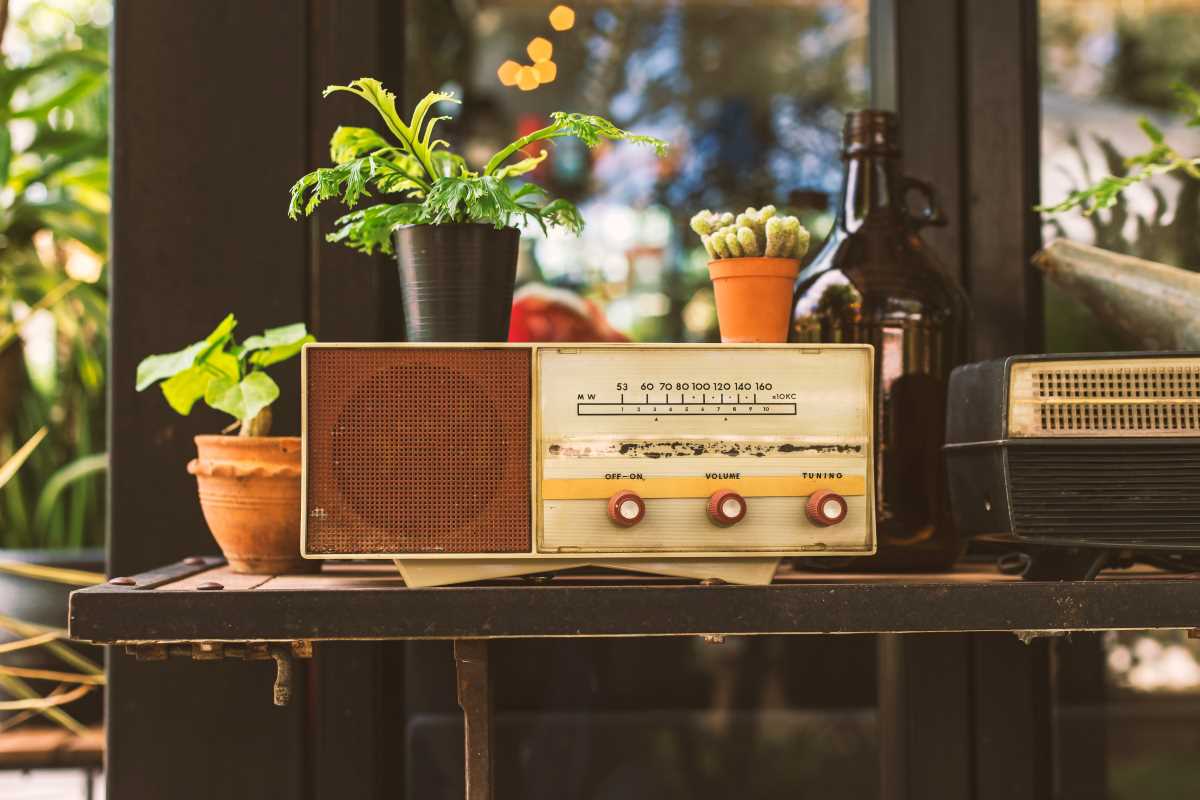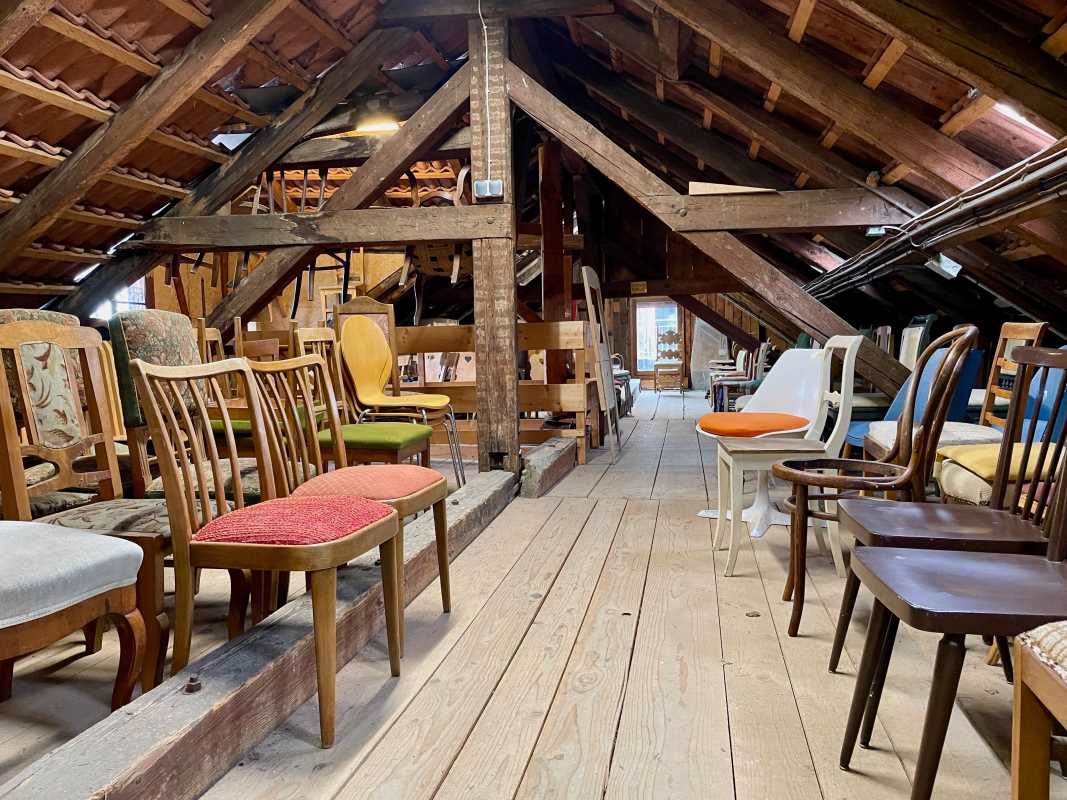For those who live for the thrill of the hunt, shopping for rare and vintage treasures is an adventure like no other. The excitement of discovering one-of-a-kind pieces with rich backstories and timeless character is what draws collectors and casual enthusiasts alike. Whether you’re on the hunt for vintage clothing, antique furniture, or quirky collectibles, finding these gems requires a mix of strategy, patience, and a little luck. With the tips below, you’ll become a pro at navigating thrift stores, flea markets, and online auctions to uncover the treasures you’ve been dreaming of.
Start with a Clear Vision
The first step to successful treasure hunting is knowing what you want. Having a clear idea of the items you’re seeking will help you focus during your shopping trips. Think about the category, style, era, or specific item on your wishlist.
For example, are you looking for mid-century modern furniture, vintage denim jackets, or rare vinyl records? Do some research beforehand to familiarize yourself with key characteristics, brand labels, or hallmarks that indicate authenticity. Jot down details such as color schemes or measurements if you’re searching for home decor pieces, so you’re fully prepared.
While having a vision is helpful, it’s also important to stay open to surprises. Often, the most memorable finds are the ones you stumble upon while searching for something else entirely.
Know the Best Places to Look
Finding rare or vintage treasures starts with knowing where to shop. Certain destinations are goldmines for pre-loved and unique items.
Thrift Stores
Thrift stores are perfect for budget-friendly items that can range from timeless clothing pieces to small trinkets. Visit stores in neighborhoods known for their eclectic style or vintage charm as they’re more likely to have interesting finds. To increase your chances of success, go on restocking days or earlier in the morning when the inventory is fresh.
Antique Stores and Flea Markets
For rare pieces and high-quality vintage finds, flea markets and antique stores are the way to go. These locations are curated by vendors or sellers who specialize in vintage and collectible items. Keep in mind that prices here might be higher than thrift stores, so don’t hesitate to negotiate politely.
Estate Sales
Estate sales are treasure troves for everything from heirloom jewelry to period furniture. Search for estate sale listings in your area, online or through community bulletin boards, and arrive early for the best selection. Estate sales can sometimes be overwhelming, so prioritize the rooms most likely to hold the items you’re looking for, such as bedrooms for vintage clothing or dining rooms for china sets.
Online Platforms
The digital marketplace opens up a world of opportunities. Websites like eBay, Etsy, and Chairish, as well as apps like Poshmark or Depop for fashion, provide virtual access to rare and vintage items from sellers across the globe. Use specific keywords and filters to narrow down your search and watch for auctions expiring soon to snag a potential deal.
Master the Art of Negotiation
One of the keys to vintage hunting is learning how to negotiate effectively. Many sellers at flea markets, antique stores, and even online platforms are open to fair offers, especially if an item has been in inventory for a while.
Start by asking, “Is the price firm?” This signals your interest without immediately offering less. If the seller is receptive, politely make a counteroffer, ideally around 15-20% lower than the asking price to leave room for compromise. The key is to remain friendly and respectful during negotiations.
For larger purchases, such as furniture, you can also inquire about discounts for bundling items. For example, offer to buy a coffee table and chairs together at a reduced price.
Examine Items Carefully
Inspecting items is crucial when shopping for vintage or rare treasures. While some wear and tear is expected, especially with older pieces, you’ll want to ensure you’re not purchasing something damaged beyond repair.
For clothing, check for stains, holes, or missing buttons. Hold fabrics up to the light to spot any hidden imperfections. When inspecting furniture, look for signs of damage or evidence of past repairs in the joints and corners. When shopping for collectibles, such as ceramics or figurines, look for maker marks or signatures that verify authenticity.
If you find an item with minor flaws, ask yourself whether the issue is fixable. Many vintage pieces can be easily restored with DIY skills or professional help.
Learn How to Spot True Value
Not all vintage items are worth the price tag, so learning how to assess value is an essential skill. Research beforehand to understand the market trends and average price points for the items you’re seeking. This will keep you from overpaying or mistaking a reproduction for a genuine find.
Pay particular attention to brand names, materials, and craftsmanship. For example, sturdy hardwood furniture from brands like Heywood-Wakefield or Ethan Allen tends to hold its value. Similarly, clothing with union-made tags or hand-stitched hems usually signals quality craftsmanship.
When in doubt, consult with collectors or online forums to verify the item's authenticity and worth.
Get Creative with Restoration
Part of the fun of hunting for vintage treasures is breathing new life into forgotten pieces. Many items you’ll come across will need a bit of TLC, but that’s where your creativity can shine.
For example, a distressed dresser can be sanded and painted in a vibrant shade to complement your space. Vintage jewelry with loose stones can often be repaired by a local jeweler. Clothing can be altered to fit you perfectly or transformed into an entirely new piece, such as turning a vintage maxi dress into a chic crop top and skirt set.
Approaching pieces with an imaginative mindset allows you to see their true potential while adding your personal touch.
Build Relationships with Sellers
Finally, don’t underestimate the power of building rapport with vintage and antique sellers. Regular customers often receive insider tips about new arrivals or upcoming sales. Chat with store owners, booth vendors, or even online sellers to express your interest in certain styles or items.
When sellers know what you’re looking for, they’re more likely to set items aside for you or alert you about inventory that matches your preferences. These connections can be incredibly rewarding for both parties, turning your shopping trips into opportunities for collaboration.
By following these strategies, you’ll not only discover rare and vintage treasures but also enjoy every step of the hunt. With each find, your collection will become a reflection of your unique taste and passion for the extraordinary.







